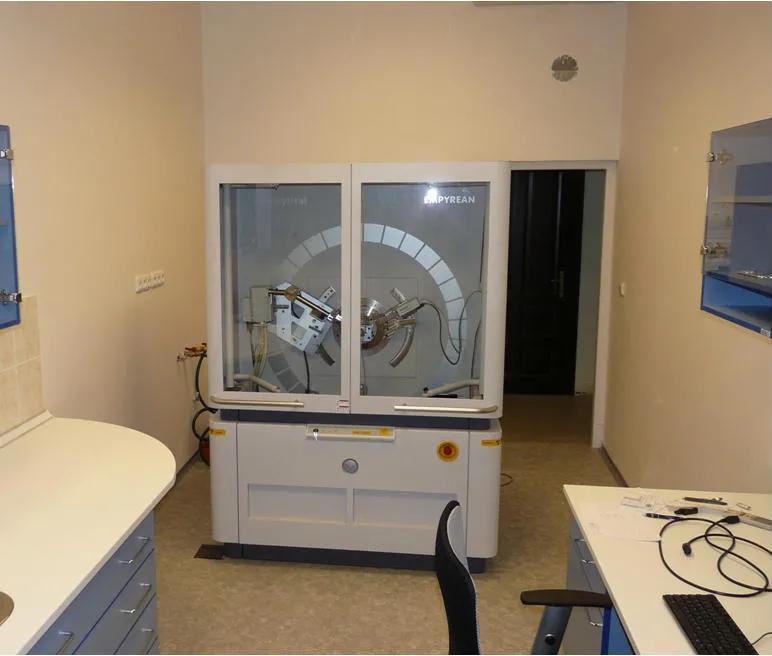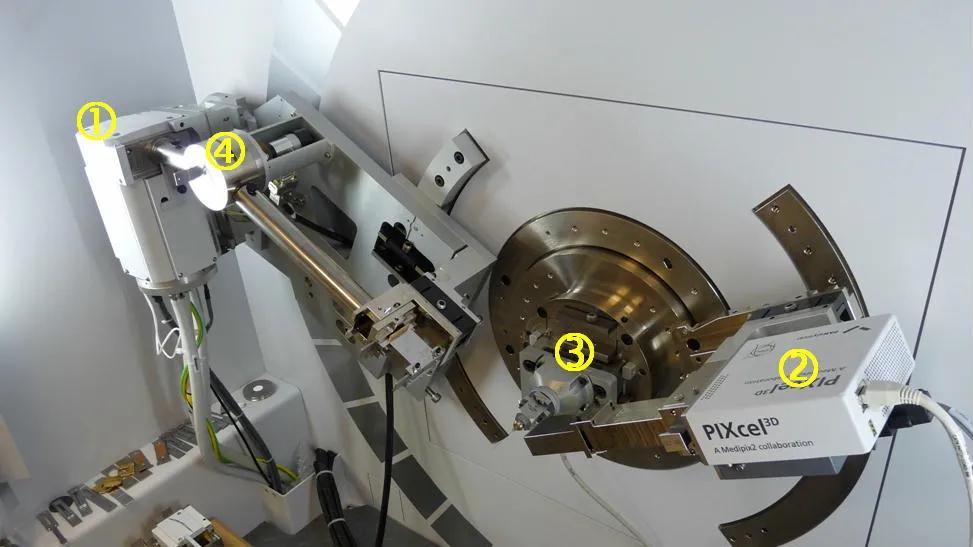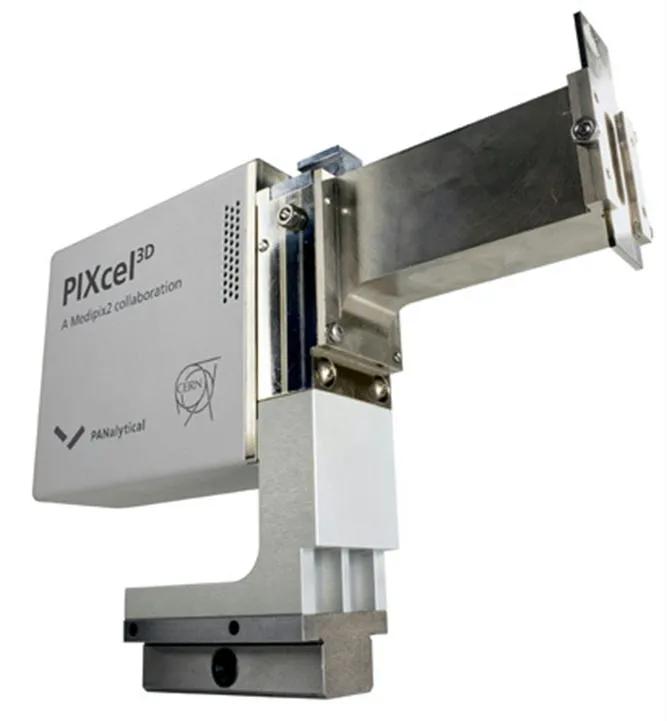Head: Jan Rohlíček
X-ray diffraction on powder samples is widely used in many analytical methods: phase analysis, structure analysis, investigation of thin films, texture analysis, investigation of nanomaterials etc. Diffraction pattern is composed of independent diffractions of microcrystals of the powder sample.
Head: Jan Rohlíček
X-ray diffraction on powder samples is widely used in many analytical methods: phase analysis, structure analysis, investigation of thin films, texture analysis, investigation of nanomaterials etc. Diffraction pattern is composed of independent diffractions of microcrystals of the powder sample. The above mentioned methods differ in geometry and requirements on precision and they can be usually performed with a single powder diffractometer provided that corresponding attachments are available.
Main application of x-ray powder diffraction in Department of structure analysis is quantitative determination of crystal structure by solution of the phase problem and by refinement of structure parameters using Rietveld method. In order to minimize preferred orientation and overlaps we focus on capillary measurement with CuKalpha1 radiation from symmetric Johannson monochromator. We utilize the powder diffractometer Empyrean of Panalytical installed in our department in December 2010. The accessible configurations are documented in photographs. An attachment for cooling and heating of samples will be installed during the year 2011.
A serious difficulty in structure analysis from powder diffraction data is solution of the phase problem, i.e. determination of the rough structure model. In this field we are developing a program Superflip, which can solve powder structures by charge flipping in many cases. Another possibility which we are focusing on is complementary usage of x-ray and electron diffraction, because electron diffraction may provide a crystal structure of a single grain of powder sample. Rietveld refinement is done with help of the computing system Jana.
Solid-State X-ray Detector, PIXcel, is PANalytical's 2nd generation solid-state X-ray detection technology, resulting from collaboration of PANalytical with CERN and leading research institutes across Europe as part of the Medipix2 project. PIXcel consists of more than 65,000 pixels, each 55 x 55 microns in size and with individual readout circuitry.The dynamic range of 25 million counts per second per pixel row allows to use the detector without beam attenuators is no longer required.
PIXcell can be used in four modes: in 0D mode it offers the point detector e.g. for rocking curves, X-ray reflectometry, and small-angle X-ray scattering; in 1D mode it is the line detector; in 2D mode it is the area detector with very good resolution, thanks to a point spread function of only 1 pixel; in 3D mode it is the computed tomography (CT) detector offering high contrast tomographic images.
The new Empyrean platform uses PIXcel detector in 2D mode. Possibility to setup energy discrimination levels allows for measurement of samples with fluorescency.







